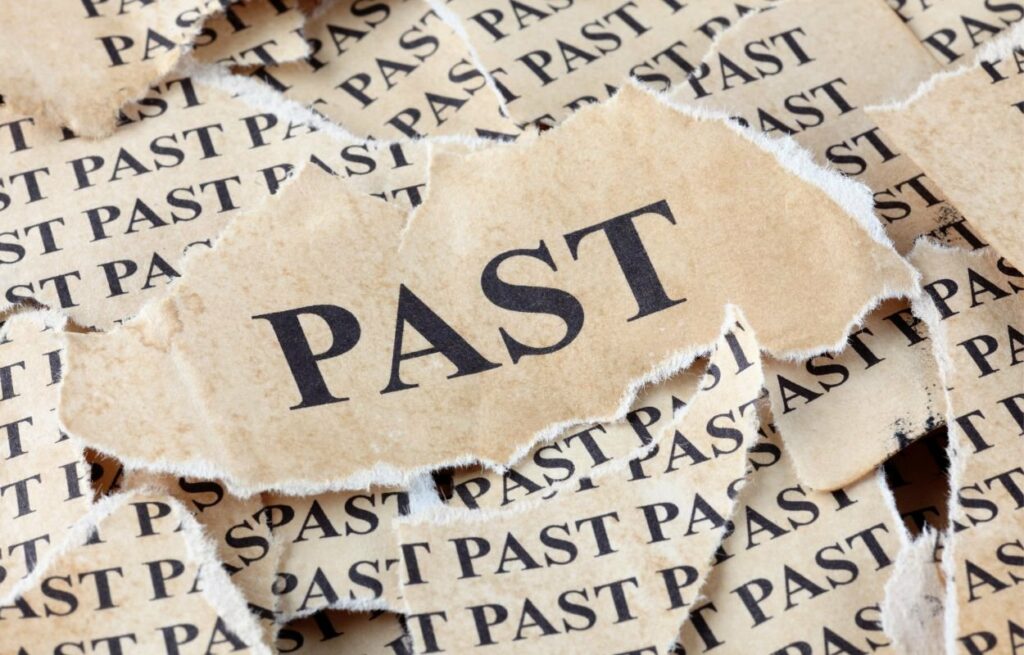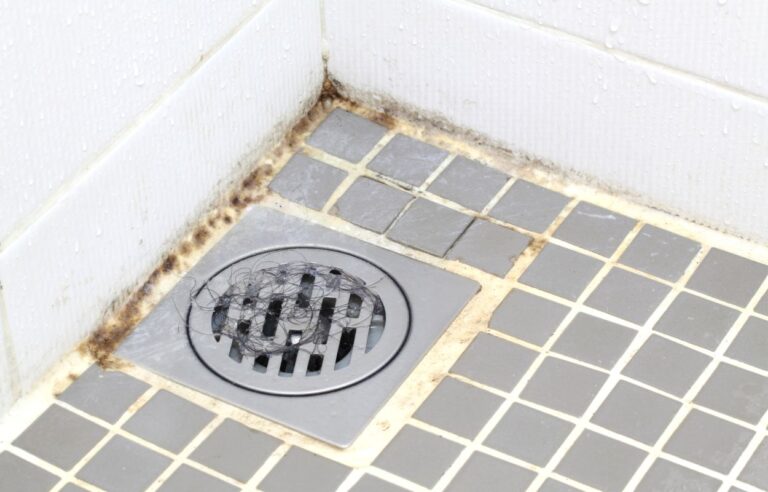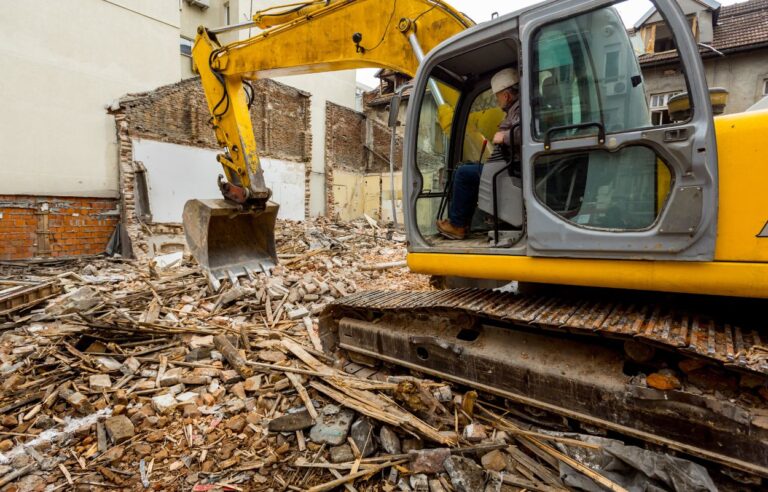
When we look at a historical building, it’s not just the walls and roof that tell the story—it’s the intricate details, the craftsmanship, and the materials that have stood the test of time. Preserving these elements is essential, but it’s also important to approach the process in a thoughtful way. That’s where deconstruction comes in.
While demolition is often associated with tearing down buildings without a second thought, deconstruction is a more careful, respectful process that allows us to save and reuse many of the materials and features that make a building special. Let’s dive into how deconstruction helps retain historical building elements and why it’s such a valuable practice in preserving our built heritage.
WHAT IS DECONSTRUCTION, AND HOW DOES IT DIFFER FROM DEMOLITION?
Deconstruction is a process where buildings are carefully taken apart piece by piece, with the goal of salvaging as many materials and components as possible. Unlike traditional demolition, where a building is simply knocked down and hauled away, deconstruction focuses on preserving the elements that can be reused, recycled, or restored.
Imagine a beautiful old wooden door that’s been a part of a family’s home for decades. Instead of smashing it with a wrecking ball, deconstruction allows that door to be gently removed, cleaned, and restored so it can live on in another building or home. This approach not only helps preserve the structure of the building itself but also allows us to keep these important historical elements for future generations to enjoy.
WHY DECONSTRUCTION IS IMPORTANT FOR HISTORICAL PRESERVATION
Historical buildings often come with unique materials, styles, and construction techniques that can’t easily be replicated today. Whether it’s the beautiful woodwork in a century-old Victorian home or the bricks that have withstood generations of weather, these elements are a testament to craftsmanship and history.
Deconstruction in Port Alberni, for example, is helping to ensure that historical buildings retain their character while also being repurposed for modern use. The materials salvaged through deconstruction can be reused in other projects, helping to reduce waste and promote sustainability while still honoring the past.
By carefully deconstructing buildings, we can keep these pieces of history intact. Imagine a restoration project where the original windows, flooring, and fixtures are reused instead of replaced. Not only does this save money, but it also keeps the character of the building alive. Deconstruction allows us to celebrate the past while still moving forward with modern needs.
HOW DECONSTRUCTION HELPS PRESERVE KEY HISTORICAL ELEMENTS
Let’s break down some of the key elements of a building that can be preserved through deconstruction.
Architectural Features
Many historical buildings are known for their architectural beauty. From ornate woodwork to decorative plaster ceilings, these features are often delicate and can be easily damaged in a demolition process. Deconstruction allows workers to carefully remove and preserve these elements, so they can be restored and reused. This process ensures that the charm and beauty of the building are maintained while giving it new life.
Building Materials
One of the biggest advantages of deconstruction is the ability to salvage materials like wood, brick, stone, and even metals. These materials can be used in future construction or restoration projects, reducing the need for new resources and minimizing waste. For example, reclaimed wood from an old building can be used for flooring or furniture, while bricks can be repurposed in new walls or pathways. By reusing materials in this way, we’re not only preserving the past but also contributing to a more sustainable future.
Historic Fixtures and Fittings
From light fixtures to doors, windows, and hardware, historical buildings are often filled with unique elements that are hard to find today. Deconstruction gives us the opportunity to save these fixtures and give them new life. Instead of throwing away a perfectly good set of vintage light sconces or a beautiful wood-paneled door, these items can be cleaned, restored, and reused in other buildings, ensuring their historical significance is preserved.
THE ROLE OF DECONSTRUCTION IN SUSTAINABILITY
Deconstruction in Port Alberni, as well as in other communities, also plays a big role in sustainability. Traditional demolition often results in huge amounts of waste being sent to landfills. On the other hand, deconstruction focuses on salvaging materials and diverting them from the waste stream. This not only helps preserve historical elements but also reduces the environmental impact of construction and demolition activities.
By reusing materials from older buildings, we reduce the demand for new resources and energy-intensive manufacturing processes. This is a win-win for both the environment and the community. Plus, the process of deconstruction can create jobs and stimulate the local economy by providing materials that can be sold or repurposed in other projects.
THE EMOTIONAL VALUE OF RETAINING HISTORICAL ELEMENTS
Beyond the practical reasons for preserving historical building elements, there’s also an emotional and cultural value to consider. For many people, historical buildings are a link to their past, a reminder of their community’s history, and a connection to previous generations. Whether it’s a family home or a building in the town square, these structures often hold sentimental value.
Deconstruction allows us to retain these important connections by preserving the parts of the building that matter most. The process helps us remember the past while also honoring it in the present. Instead of losing everything in the name of progress, we can strike a balance by keeping what’s meaningful and still creating spaces for new memories.
HOW CAN YOU GET INVOLVED IN DECONSTRUCTION?
If you’re a homeowner or business owner thinking about renovations or if you’re part of a community that’s dealing with old buildings, consider the benefits of deconstruction. Instead of opting for demolition, look into local companies or organizations that specialize in deconstruction. Many of these companies can carefully remove historical elements from a building, saving them for reuse while still allowing you to renovate or repurpose the space.
If you’re in Port Alberni, check out local services that focus on deconstruction. Many cities have programs or non-profits dedicated to helping with this process, ensuring that the history of the area is preserved for future generations. Whether it’s donating materials for reuse or simply supporting sustainable building practices, there are many ways you can get involved.
THE FUTURE OF DECONSTRUCTION AND HISTORICAL PRESERVATION
The future of historical preservation looks bright thanks to practices like deconstruction. As more communities recognize the value of their historical buildings and the materials that make them unique, we can expect to see more efforts to save these elements. This approach is not just about saving the past but also about building a more sustainable, creative future.
By focusing on deconstruction, we can continue to honor the history of our buildings while also adapting to the changing needs of society. Whether it’s preserving a piece of a family’s history or keeping a community’s heritage intact, deconstruction provides a way to bridge the gap between past and present.
FINAL THOUGHTS
Deconstruction is more than just a process—it’s a way to preserve the past and protect the future. By carefully dismantling old buildings, we can save valuable historical elements that tell the story of our communities. Through deconstruction in Port Alberni and beyond, we’re ensuring that the rich history of our buildings doesn’t get lost but rather continues to inspire for generations to come. So, the next time you walk past an old building, think about the stories it holds, and remember that deconstruction is helping to keep those stories alive.
